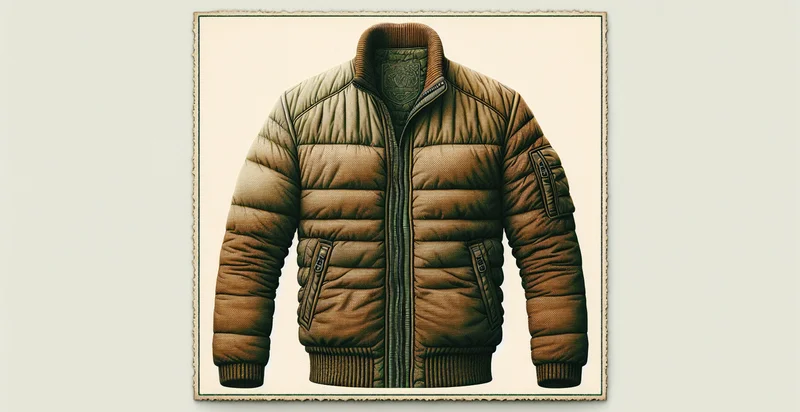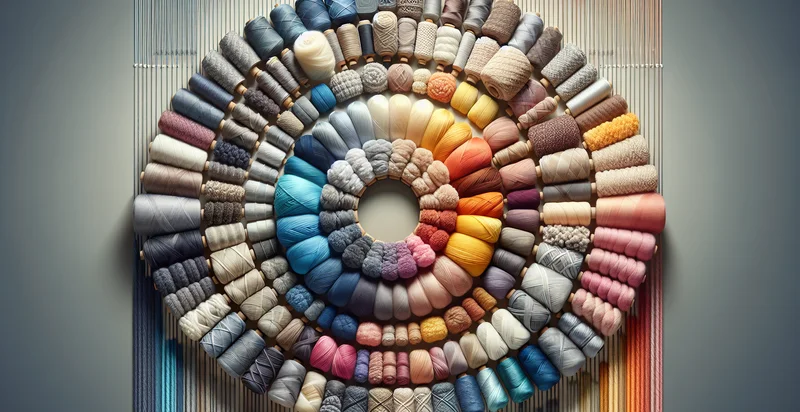Identify what material a jacket is made from
using AI
Below is a free classifier to identify what material a jacket is made from. Just upload your image, and our AI will predict what material a jacket is made from - in just seconds.

Contact us for API access
Or, use Nyckel to build highly-accurate custom classifiers in just minutes. No PhD required.
Get started
import nyckel
credentials = nyckel.Credentials("YOUR_CLIENT_ID", "YOUR_CLIENT_SECRET")
nyckel.invoke("what-material-a-jacket-is-made-from", "your_image_url", credentials)
fetch('https://www.nyckel.com/v1/functions/what-material-a-jacket-is-made-from/invoke', {
method: 'POST',
headers: {
'Authorization': 'Bearer ' + 'YOUR_BEARER_TOKEN',
'Content-Type': 'application/json',
},
body: JSON.stringify(
{"data": "your_image_url"}
)
})
.then(response => response.json())
.then(data => console.log(data));
curl -X POST \
-H "Content-Type: application/json" \
-H "Authorization: Bearer YOUR_BEARER_TOKEN" \
-d '{"data": "your_image_url"}' \
https://www.nyckel.com/v1/functions/what-material-a-jacket-is-made-from/invoke
How this classifier works
To start, upload your image. Our AI tool will then predict what material a jacket is made from.
This pretrained image model uses a Nyckel-created dataset and has 20 labels, including Canvas, Corduroy, Cotton, Denim, Faux Leather, Gabardine, Leather, Linen, Microfiber and Neoprene.
We'll also show a confidence score (the higher the number, the more confident the AI model is around what material a jacket is made from).
Whether you're just curious or building what material a jacket is made from detection into your application, we hope our classifier proves helpful.
Related Classifiers
Need to identify what material a jacket is made from at scale?
Get API or Zapier access to this classifier for free. It's perfect for:
- Retail Inventory Management: Retailers can use the jacket material identifier to enhance their inventory management systems. By accurately classifying jacket materials, they can streamline stock levels based on material performance, customer preferences, and seasonal trends.
- E-commerce Product Listings: Online retailers can integrate the material classification function into their product listing process. It allows for automated tagging of jackets based on materials, improving searchability and helping customers make informed purchasing decisions.
- Sustainability Reporting: Brands can utilize the material identifier to track and report the sustainability of their products. By knowing the materials used, companies can better assess their environmental impact and communicate efforts in using eco-friendly materials to consumers.
- Quality Control: Manufacturers can implement the material classification function in their quality control processes. By ensuring that jackets are made from the specified materials, they can reduce defects and returns, thereby enhancing customer satisfaction and brand reputation.
- Personalized Marketing: Marketers can leverage the material identification system for targeted advertising campaigns. By understanding the materials preferred by different demographics, they can create tailored promotions that resonate with specific customer groups, boosting conversion rates.
- Fashion Trend Analysis: Fashion analysts and trend forecasters can utilize the material classification function to analyze market trends. By assessing the popularity of certain materials over time, they can predict future trends that inform design and marketing strategies.
- Consumer Education: Educational platforms can use the jacket material identifier to inform consumers about the properties and care instructions for various materials. This application can empower customers with knowledge, leading to smarter purchases and better product care.


